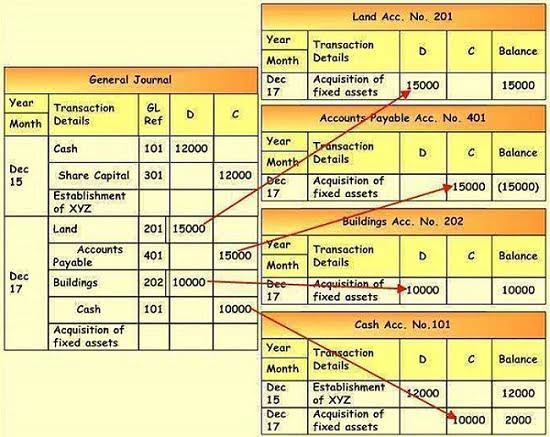
This could range from 2% for some companies to 5% for others, based on past performance. If a customer purchases from you but does not pay right away, you must increase your Accounts Receivable account to show the money that is owed to your business. A well-managed allowance for doubtful accounts can signal to investors and creditors that the company has robust risk management practices in place.

Contra Account Definition, Types, and Example
The allowance for doubtful accounts is a management estimate and may not always be accurate. If the actual amount of uncollectible accounts receivable exceeds the estimated the allowance for doubtful accounts is a contra asset account that equals: allowance, the company may need to adjust for the future. Ideally, you’d want 100% of your invoices paid, but unfortunately, it doesn’t always work out that way.
Specific identification method
Suppose a company generated $1 million of credit sales in Year 1 but projects that 5% of those sales are very likely to be uncollectible based on historical experience. Changes in credit policies, the aging of accounts receivable, and economic conditions can influence this adjustment. The company estimates that 5% of those accounts will become uncollectible, so the allowance for doubtful accounts will be $100,000. This estimate is based on the business’s experience with uncollected accounts and any specific information about individual accounts suggesting that payment may not have been received.
Pareto analysis method
If a company has a history of recording or tracking bad debt, it can use the historical percentage of bad debt if it feels that historical measurement relates to its current debt. For example, a company may know that its 10-year average of bad debt is 2.4%. Therefore, it can assign this fixed percentage to its total accounts receivable balance since more often than not, it will approximately be close to this amount. The company must be aware of outliers or special circumstances that may have unfairly impacted that 2.4% calculation.

Historical data

An allowance for doubtful accounts (uncollectible accounts) represents a company’s proactive prediction of the percentage of outstanding accounts receivable that they anticipate might not be recoverable. In simpler terms, it’s the money they think they won’t be able to collect from some customers. The credit balance in this account comes from the entry wherein Bad Debts Expense is debited. The amount in this entry may be a percentage of sales or it might be based on an aging analysis of the accounts receivables (also referred to as a percentage of receivables).

To account for potential bad debts, you have to debit the bad debt expense and credit the allowance for doubtful accounts. The allowance method journal entry takes the estimated amount of uncollectible accounts and establishes the allowance as a contra-asset, so it can either be zero or negative. Regardless of company policies and procedures for credit collections, the risk of the failure to receive payment is always present in a transaction utilizing credit. Thus, a company is required to realize this risk through the establishment of the allowance for doubtful accounts and offsetting bad debt expense.
Historical Percentage Method
- A contra liability is an account in which activity is recorded as a debit balance and is used to decrease the balance of a liability.
- If a doubtful debt turns into a bad debt, credit your Accounts Receivable account, decreasing the amount of money owed to your business.
- Because it is an estimation, it means the exact account that is (or will become) uncollectible is not yet known.
- As such, effective credit management and debt collection procedures should be a critical part of the evaluation of how to limit the effect bad debt can have on your business.
This application probably violates the matching principle, but if the IRS did not have this policy, there would typically be a significant amount of manipulation on company tax returns. For example, if the company wanted the deduction for the write-off in 2018, it might claim that it was actually uncollectible in 2018, instead of in 2019. Here is how a reliable collections automation solution can help optimize your collections and reduce the need to create an allowance for doubtful accounts.

Allowance for Doubtful Accounts: Components and Financial Impact
How to Record a Contra Account
- This adjustment is necessary to reflect the realistic collectible amount, ensuring that the financial statements are not overly optimistic.
- Once the categorization is complete, businesses can estimate each group’s historical bad debt percentage.
- However, the company is owed $90,000 and will still try to collect the entire $90,000 and not just the $85,200.
- The estimation may not be suitable for businesses experiencing significant fluctuations in sales or bad debts.
- The allowance, sometimes called a bad debt reserve, represents management’s estimate of the amount of accounts receivable that will not be paid by customers.
